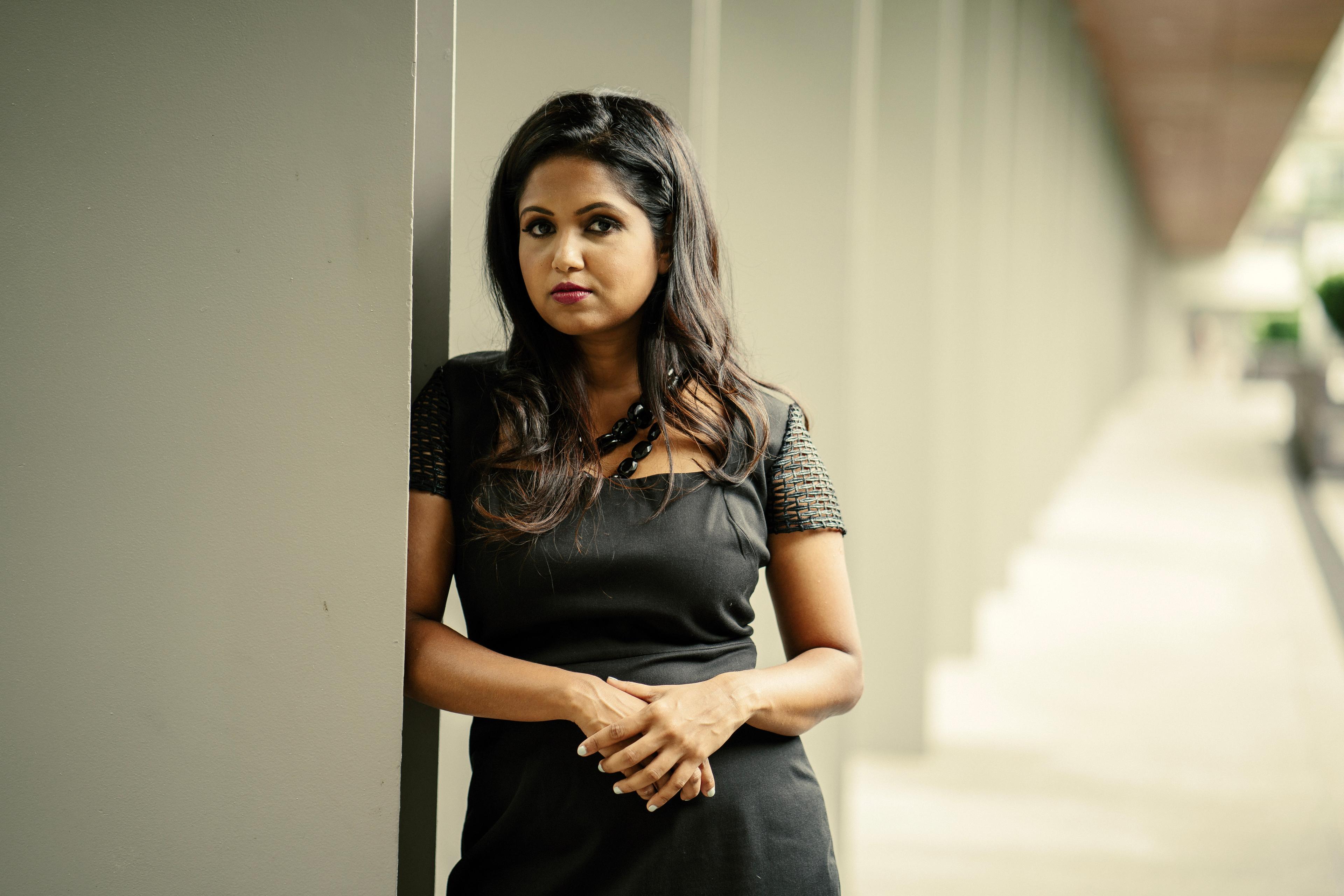Growing up in an Indian household there are many beauty ideals you have to uphold, and more often than not your appearance is scrutinised among the wider community. But how long are these stigmas going to influence our decisions to enhance our appearance?
Aesthetics & Indian Culture: What’s the Stigma About?
With colourism proving to be a huge issue among Indians today, it’s no surprise that a small change to your appearance could equally cause a huge controversy. Netflix’s hit show Indian Matchmaking is a small insight into how things operate within the community – highlighting the way your skin tone and general appearance are heavily critiqued by other people – even if you aren’t actively looking for a spouse.
Indian beauty standards revolve around the media’s portrayal of the top grossing Bollywood actresses – like Priyanka Chopra, Aishwarya Rai Bachan and Deepika Padukone – think big eyes, slender jawlines and slightly plumped lips. But seeing these picture-perfect women in the media has influenced a curiosity to boost our features naturally.
Aesthetics doesn't have to equate to overly exaggerating aspects of our appearance. Plus treatments and technology have evolved greatly, so now is the time to try something new and curb any insecurities. Here’s a snappy overview of the key things to look out for, and how to end the stigma for good.
Finding the right aesthetic clinic
When wanting to get a treatment done, there are often fears around getting a ‘botched’ job or meeting with a practitioner who doesn’t quite understand your skin type. These are common fears among Indians because most clinical research is undertaken on caucasians, so there is a perception of inadequacy when dealing with darker skin tones.
Charine Patel, managing director of Bisou Clinics, says, “I work with my clients by engaging in deep conversations with them, showcasing reviews and a portfolio of work with a range of skin tones to help them make a decision.”
In addition, asking for credentials is also a huge factor that could lead to a successful treatment. But trusting a practitioner also involves a deep understanding of specific beauty standards. Dr Shaan Patel of Aatma Aesthetics adds: “Go to someone from your own cultural background because they will better understand your skin type. Regardless of whether you have a treatment or not, they will help guide you in your decision-making process.”
Treating Indian skin
With sensitivity, eczema and breakouts from pollution and external aggressors, it may seem complicated to treat Indian skin. But there are certain hacks that can help achieve the best results – some of which involve looking out for certain ingredients and treatments.
“Natural beauty is seen as more accepted [within the Indian community] where treatments don’t look so obvious. Profhilo would be a great injectable to use without plumping the face. It creates quite a noticeable glow that Indians love, and it intensely hydrates the skin with hyaluronic acid over four weeks,” suggests Dr Shaan Patel.
Agreeing with this point Charine Patel, states: “Indian skin can expect excellent results from anti-wrinkle injections and dermal fillers because it requires less to look radiant and youthful due to it being less damaged to begin with.”
Stigmas be gone
Although aesthetic treatments are being widely accepted and marketed on a global scale, the Indian community is behind everyone else. But there is hope for those looking to challenge the norm and try out an aesthetic treatment safely.
“As more people admit to having work done, I think getting a treatment will become more accepted – further decreasing the stigma around these procedures,” declares Charine Patel. Dr Shaan Patel adds: “The conversation is opening up more and social media is fuelling it. There is no age range to having something done as long as you’re comfortable with it.”

